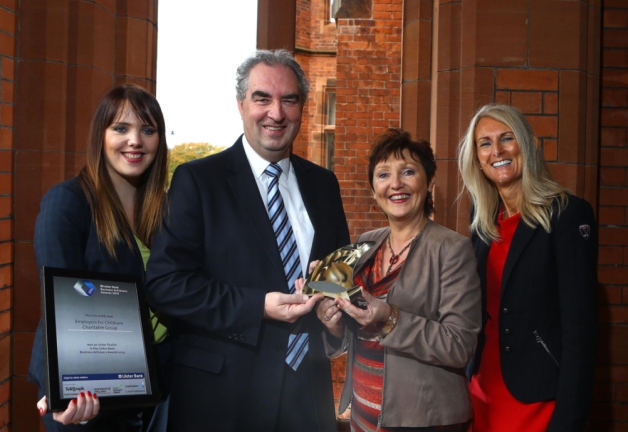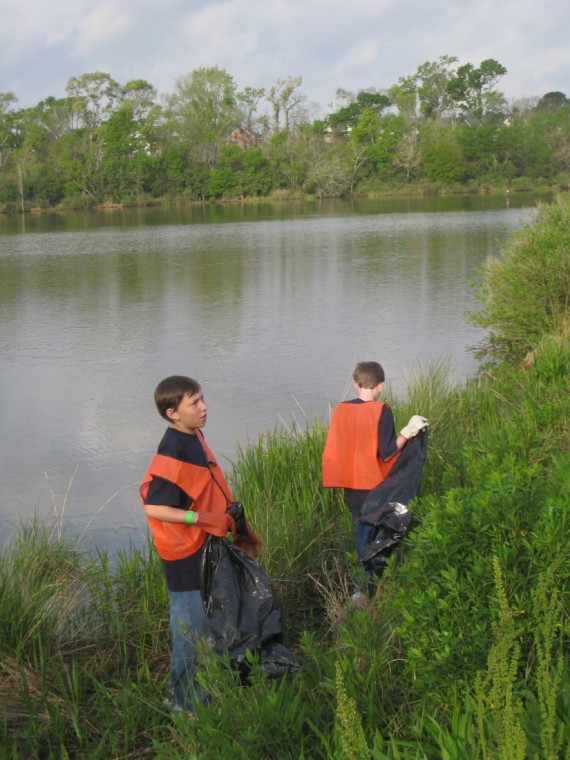Government Grants
Business Grants
Home Owner Programs
Federal Programs
About Us
Title: BLM-MT, Greater Sage Grouse Habitat Research in the Sagebrush Focal Area of North Central Montana, Glasgow Field Office, North Central Montana District
Background:
With the signing of the Record of Decision for the HiLine Resource Management Plan (RMP) in September 2015, Montana/Dakotaâ¿¿s BLM designated a Sagebrush Focal Area (SFA) that covers a significant portion of Valley County under management by the Glasgow Field Office.
This designation recognizes the high quality sage grouse habitat that exists in this area.
Over half of the SFA is found on lands managed by the Glasgow Field Office, as it contributes 994,398 of the nearly 1. 87 million surface acres.
The management of Greater sage-grouse (GRSG) habitat located in this SFA has not had the benefit of any research projects in the past.
This area has over 40 active GRSG leks and is a crucial segment of Montanaâ¿¿s overall GRSG population.
With the commitments outlined in the RMP regarding GSG habitat management, it is crucial to document key GRSG habitat and population parameters in this area.
Objectives:
BLM Montana-Dakotas needs to gather crucial information on factors influencing GRSG populations and habitat use data, to allow the BLM to focus implementation of the RMP for the benefit of GRSG and other sagebrush obligate species.
Initial objectives will focus on habitat use and population parameters that will provide guidance for sound management decisions by the BLM.
Additional objectives may be derived from the results of the initial investigations.
This project will utilize GPS collars in southern Valley County to document the key metrics of this GRSG population.
No previous research has occurred in this portion of the SFA.
This project will document crucial seasonal GRSG habitats, document key population parameters, and document the role of surface water and geography, especially in regards to West Nile Virus (WNV) in the SFA.
This project will complement the on-going WNV surveillance that is occurring in this area.
West Nile Virus is considered one of the major threats in the SFA to GRSG.
This agreement may expand to include other sage grouse related research projects that may be proposed in the future.
Public Benefit:
1. Utilization of the knowledge that results from this work will improve land management decisions that will benefit GRSG and other wildlife species in the area.
2. Improved knowledge of critical population, habitat and disease parameters will benefit this key GRSG population.
3. Project products (graduate student thesis/dissertation and/or peer-reviewed publications) will be available to the general public through the University Library system and through journals.
4. Graduate students and professors will work with federal partners to gain understanding of land managers scientific data needs and will gain an understanding of how science can help inform land managers as to how their federal actions may affect Greater Sage-Grouse and their habitats.
With the signing of the Record of Decision for the HiLine Resource Management Plan (RMP) in September 2015, Montana/Dakotaâ¿¿s BLM designated a Sagebrush Focal Area (SFA) that covers a significant portion of Valley County under management by the Glasgow Field Office.
This designation recognizes the high quality sage grouse habitat that exists in this area.
Over half of the SFA is found on lands managed by the Glasgow Field Office, as it contributes 994,398 of the nearly 1. 87 million surface acres.
The management of Greater sage-grouse (GRSG) habitat located in this SFA has not had the benefit of any research projects in the past.
This area has over 40 active GRSG leks and is a crucial segment of Montanaâ¿¿s overall GRSG population.
With the commitments outlined in the RMP regarding GSG habitat management, it is crucial to document key GRSG habitat and population parameters in this area.
Objectives:
BLM Montana-Dakotas needs to gather crucial information on factors influencing GRSG populations and habitat use data, to allow the BLM to focus implementation of the RMP for the benefit of GRSG and other sagebrush obligate species.
Initial objectives will focus on habitat use and population parameters that will provide guidance for sound management decisions by the BLM.
Additional objectives may be derived from the results of the initial investigations.
This project will utilize GPS collars in southern Valley County to document the key metrics of this GRSG population.
No previous research has occurred in this portion of the SFA.
This project will document crucial seasonal GRSG habitats, document key population parameters, and document the role of surface water and geography, especially in regards to West Nile Virus (WNV) in the SFA.
This project will complement the on-going WNV surveillance that is occurring in this area.
West Nile Virus is considered one of the major threats in the SFA to GRSG.
This agreement may expand to include other sage grouse related research projects that may be proposed in the future.
Public Benefit:
1. Utilization of the knowledge that results from this work will improve land management decisions that will benefit GRSG and other wildlife species in the area.
2. Improved knowledge of critical population, habitat and disease parameters will benefit this key GRSG population.
3. Project products (graduate student thesis/dissertation and/or peer-reviewed publications) will be available to the general public through the University Library system and through journals.
4. Graduate students and professors will work with federal partners to gain understanding of land managers scientific data needs and will gain an understanding of how science can help inform land managers as to how their federal actions may affect Greater Sage-Grouse and their habitats.
Relevant Nonprofit Program Categories
Obtain Full Opportunity Text:
Not Available
Additional Information of Eligibility:
Not Available
Full Opportunity Web Address:
Contact:
Charlan CabalsiContract SpecialistPhone 9162789329
Agency Email Description:
ccabalsi@usgs.gov
Agency Email:
ccabalsi@usgs.gov
Date Posted:
2017-07-11
Application Due Date:
2017-09-08
Archive Date:
2018-07-10
Social Entrepreneurship
Spotlight
Childcare Charitable Group Named Top Social Enterprise

Employers For Childcare Charitable Group (EFCG), a Lisburn-based charity, has been crowned top Social Enterprise at the Ulster Final of 2014’s Ulster Bank Business Achievers Awards. EFCG seeks to “make it easier for parents with dependent children to get into work and to stay in work.”

